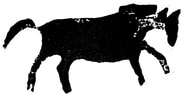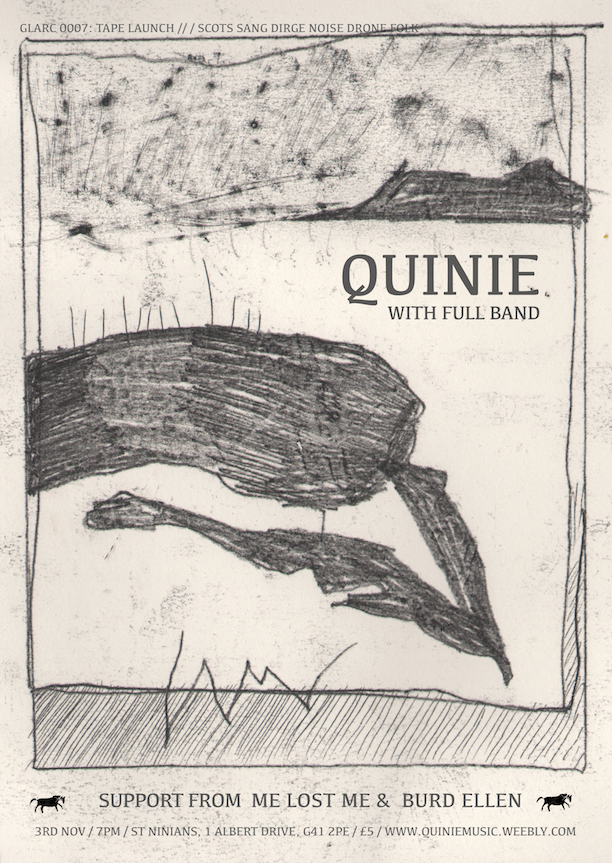|
❥ ❥ Quinie Album 2 Launch Party, live in the gorgeous St Ninian's Church Hall ❥ ❥
Join GLARC as we celebrate the return of Glasgow based musician Quinie, aka Josie Vallely, releasing her second album Buckie Prins. Quinie digs deeper into her Scots song excavations, with a style inspired by the traditions of Scottish Traveller singers Lizzie Higgins (1929-1993) and her mother Jeannie Robertson (190-1975); amalgamating sean nos style melodies, children’s rhyme, story poems and snippets of more traditional tunes to create a bleak and extended blur of narratives routed in an imagined Scotland. Whereas Quinie’s eponymous first album was largely acapella, Buckie Prins sees her accompanied by Ailbhe Nic Oireachtaigh, Oliver Pit and Neil McDermott. They bring a musicality to the tracks that combines minimalist tension, foundations of drone, stabbing atonal noise, and choppy medieval repetition. The release is accompanied by an essay by Megan Jones, a medievalist based in Glasgow. Her research interests involve the post-medieval legacy and reception of the Middle Ages and the ideological potency of the period in modern discourses. Also included is a copy of a handwritten letter by Michael Dempster, The Scots Scriever. The album will be released via GLARC (The Greater Lanarkshire Auricular Research Council) as a limited edition shell-covered cassette and digital download. Support comes Jayne Dent, aka Me Lost Me, an artist/musician based in Newcastle upon Tyne and “maker of electronic-folky-noisy-music” using voice, samples and drone; and Burd Ellen, a Glasgow based singer and musician channelling folk and traditional currents into unique forms. £5 OTD, BOYB, Cakes and Hot Drinks Available. The venue is wheelchair accessible via a ramp. ❥ ❥ ❥ |
AuthorWritings, reflections and an archive of research from Quinie (Josie Vallely). Archives
February 2024
|


 RSS Feed
RSS Feed
